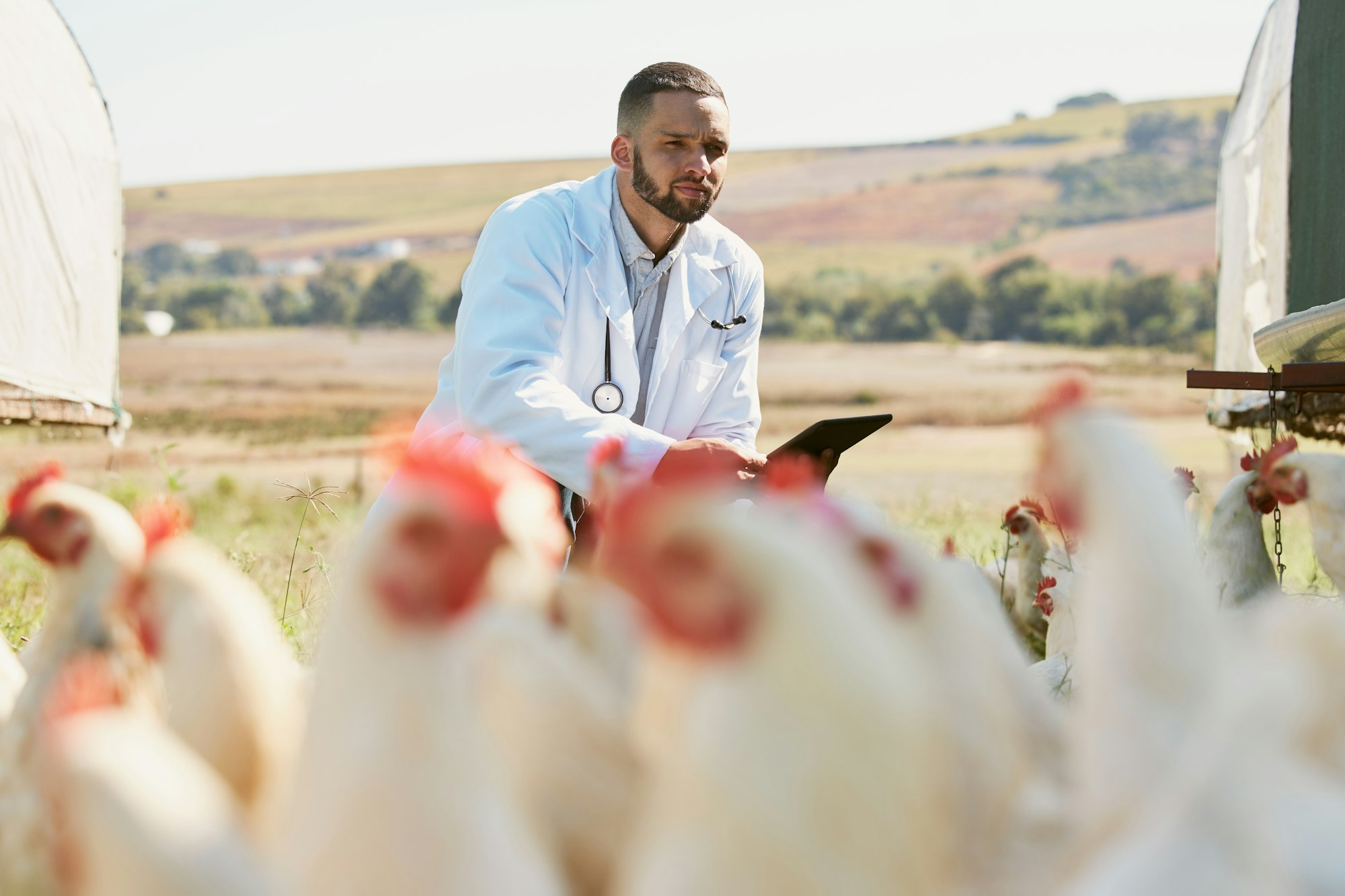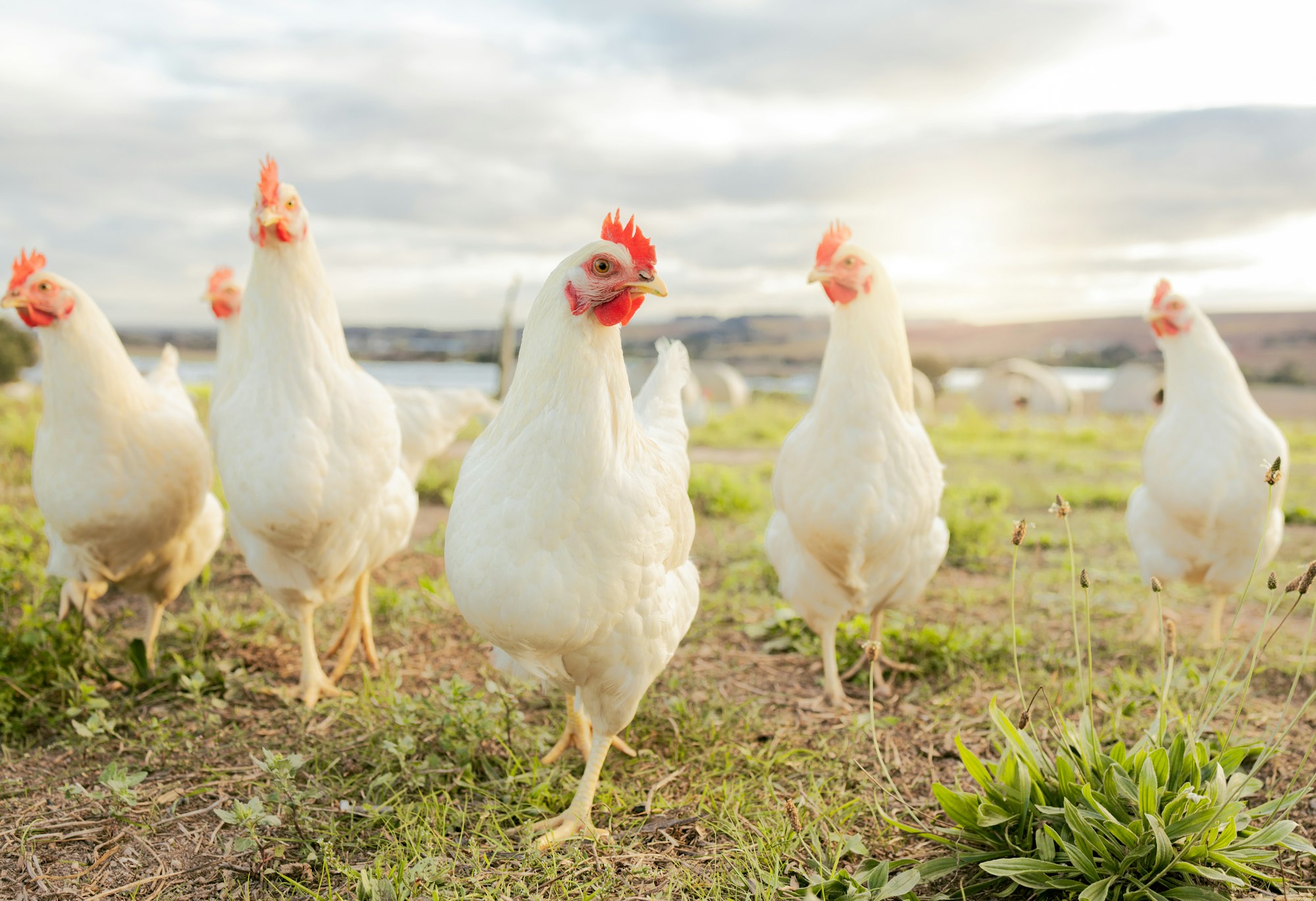When it comes to poultry farming, the quality of eggs can significantly impact the overall productivity and profitability of the farm.
One of the common dilemmas that poultry farmers face is distinguishing between a live egg and a clear egg. In this article, we’re going to delve into this topic to provide you with a comprehensive understanding of these two categories of eggs.
- 1 Hatch 100% into quality DOC
- 2 What it is ?
- 3 How it works ?
- 4 Equipment features
- 5 Why is it so important ?
- 6 Other products from the range
- 7 Understanding Fertility: Inside the Egg
- 8 Cage-Free vs. Fertilized Eggs: The Controversy
- 9 The Role of Technology in Poultry Farming
- 10 The Difference Matters
Hatch 100% into quality DOC
Day-old chicks (DOC) make up the cornerstone of successful poultry farming. The key to maintaining a healthy and productive flock of hens is ensuring the eggs they produce are viable and fertile. Fertile eggs, when properly incubated, will develop into live chicks. Clear eggs, on the other hand, are sterile and will never yield a chick, even after prolonged incubation. Understanding the difference between these two types of eggs is essential to optimising the hatchery output.
What it is ?
The task of identifying fertile and non-fertile eggs can be a daunting one, especially in a large-scale poultry operation. That’s where Ovosense® comes into play. This innovative tool identifies and marks the eggs positioned upside-down. Upside-down eggs are those that are positioned wrongly during the transfer from breeder farms into hatchery trays.
The proper setting of an egg is when the embryo’s head is towards the air chamber in the blunt end. This positioning allows the embryo to use the air chamber to breathe at hatch. In an upside-down egg, the embryo’s head is located away from the air chamber, preventing it from reaching the air to breathe at hatch.

How it works ?
Ovosense® operates through a series of processes:
- The eggs from the breeder farms are transferred into the hatchery trays.
- During this step, eggs could be wrongly positioned, becoming upside-down eggs.
- Innovative sensors in Ovosense® detect eggs positioned upside-down and mark them.
- The marked eggs can then be manually set properly.
With a high speed solution capable of analysing up to 90,000 eggs per hour and a detection accuracy of 99.9%, Ovosense® drastically improves the effectiveness of large-scale egg setting analysis.
Equipment features
Ovosense® is equipped with a range of features that make it an indispensable tool in any poultry operation:
- Non Operator Dependant: all the eggs are well set
- High Speed Solution: capable of analysing up to 90,000 eggs per hour
- Massive ROI: especially beneficial for young flocks and round-eggs breeds
- High Accuracy: 99.9% detection accuracy
Why is it so important ?
Embryos from upside-down eggs will not hatch regularly. Even if they do, they are often discarded as cull chicks because of their sub-standard health. On average, 1% to 3% of eggs delivered to the hatchery would be upside down, depending on the level of automation. Identification of upside-down eggs before incubation gives a chance for 100% of the fertile eggs to produce a good day-old chick.
Other products from the range
In addition to Ovosense®, there are other products that aid in the process of egg management. These include:
- Chick Counter: A device that accurately counts the number of chicks hatched.
- Tray Unloader: A machine that helps in efficiently unloading the eggs from the hatchery trays.
Understanding Fertility: Inside the Egg
Let’s take a closer look inside the egg to understand the difference between a fertile and non-fertile one. Fertile eggs contain both male and female genetic material, which means they can develop into a chick if correctly incubated. On the other hand, clear eggs, sometimes referred to as sterile eggs, lack the necessary male contribution and will not develop into a chick no matter how long they are incubated.
A fertilized egg is recognized by a small, slightly irregular, white spot on the egg yolk known as the blastodisc. If the egg is fertilized, it becomes a blastoderm – a small white spot displaying a ring structure. On the other hand, in non-fertilized or clear eggs, the white spot remains uniform and is known as the germinal disc.
This difference, while seemingly minor, has significant implications for poultry farmers. For instance, if a farmer’s flock is producing primarily clear eggs, it could indicate a problem with the roosters. Understanding these differences helps farmers manage their flocks more effectively, maximizing productivity and profitability.
Just as it’s important to understand the difference between lice eggs and dead lice in maintaining human health, understanding the difference between fertile and clear eggs is crucial in poultry farming.
Cage-Free vs. Fertilized Eggs: The Controversy
Now that we’ve covered the difference between fertile and non-fertile eggs, let’s delve into the controversy surrounding cage-free eggs and fertilized eggs. Many consumers believe that cage-free eggs are more ethical and healthier than their caged counterparts. Still, there’s often confusion about whether cage-free eggs are necessarily fertilized.
Cage-free means that the hens have been raised without being confined in cages, allowing them to roam freely. But being cage-free does not guarantee that the eggs are fertilized. For an egg to be fertilized, a rooster must be present in the flock.
On the other hand, fertilized eggs can come from hens raised in various conditions, including cage-free, free-range, or conventional caged systems. The critical factor for an egg to be fertilized is the presence of a rooster, not the rearing condition of the hen. Therefore, while cage-free and fertilized eggs are both essential aspects of poultry farming, they represent very different facets.

The Role of Technology in Poultry Farming
Medically reviewed technology, like Ovosense®, plays a crucial part in modern poultry farming. Just as a hair shaft is examined for nits when checking for head lice, Ovosense® thoroughly examines each egg to ensure it’s correctly positioned for incubation.
Technological advancements have significantly improved the accuracy and speed of egg analysis, helping farmers optimize their production. As previously mentioned, Ovosense® can analyze up to 90,000 eggs per hour with a 99.9% detection accuracy – a feat impossible to achieve manually. These tools are not only efficient but also remarkably accurate, reducing waste and increasing productivity.
In addition to Ovosense®, there are other technologies like the Chick Counter and Tray Unloader that streamline the process of managing eggs, further enhancing the sustainability and profitability of poultry farms.
The Difference Matters
The difference between a live egg and a clear egg may seem insignificant to the untrained eye, but for poultry farmers, it can mean the difference between success and failure. Understanding this distinction is just as essential as knowing the difference between a fertilized egg and an infertile one, or between cage-free and free-range hens.
Technological advancements like Ovosense® have revolutionized the industry, ensuring that each egg gets the best chance to produce a healthy day-old chick. As we have seen, being knowledgeable about these differences and utilizing the right technologies can significantly impact a farm’s productivity and profitability.
Remember, a successful poultry farming operation is not just about the number of eggs produced but also their quality. And understanding the difference between a live egg and a clear egg is a crucial part of that equation. If you need further information, please feel free to contact us.
